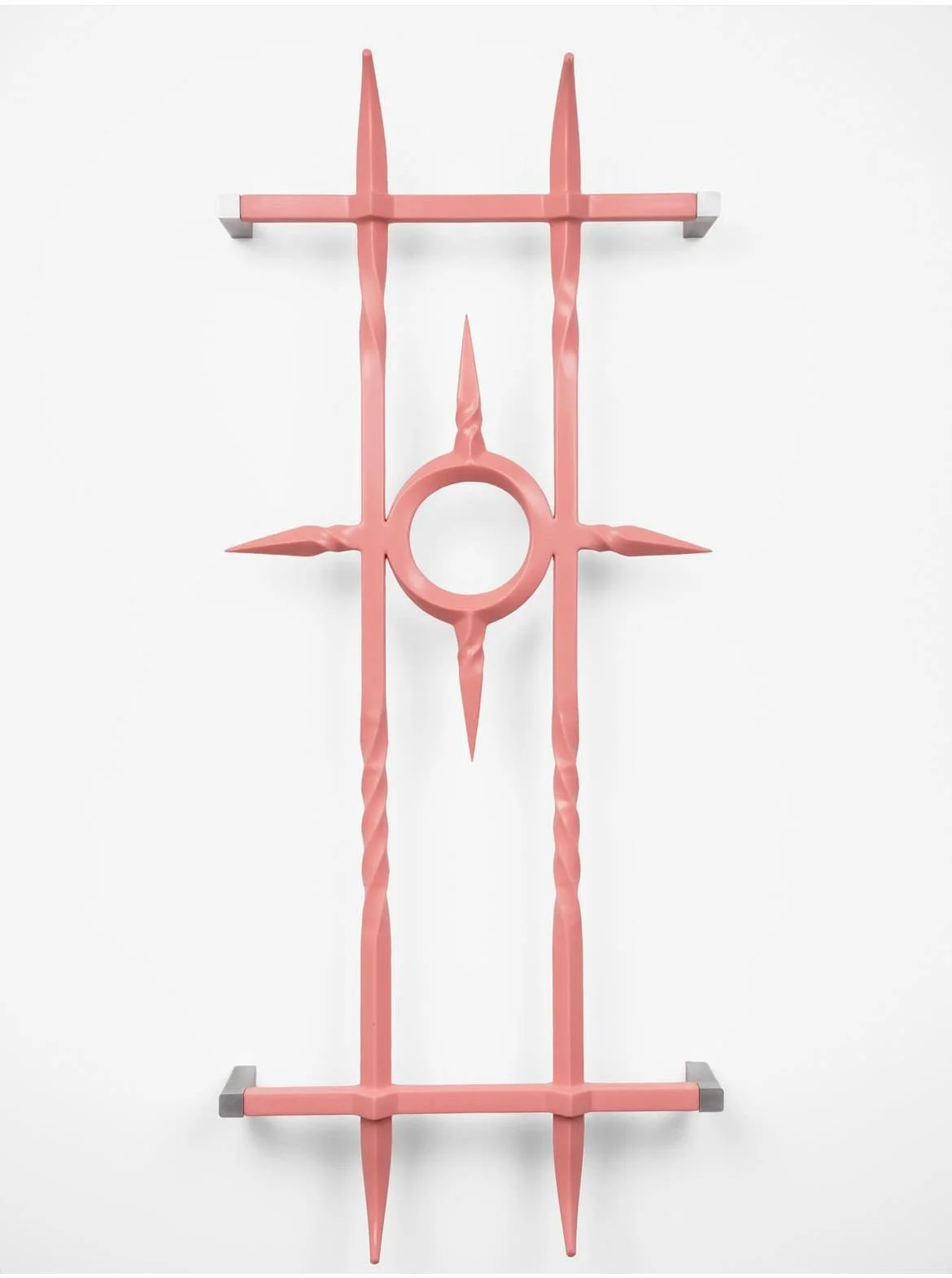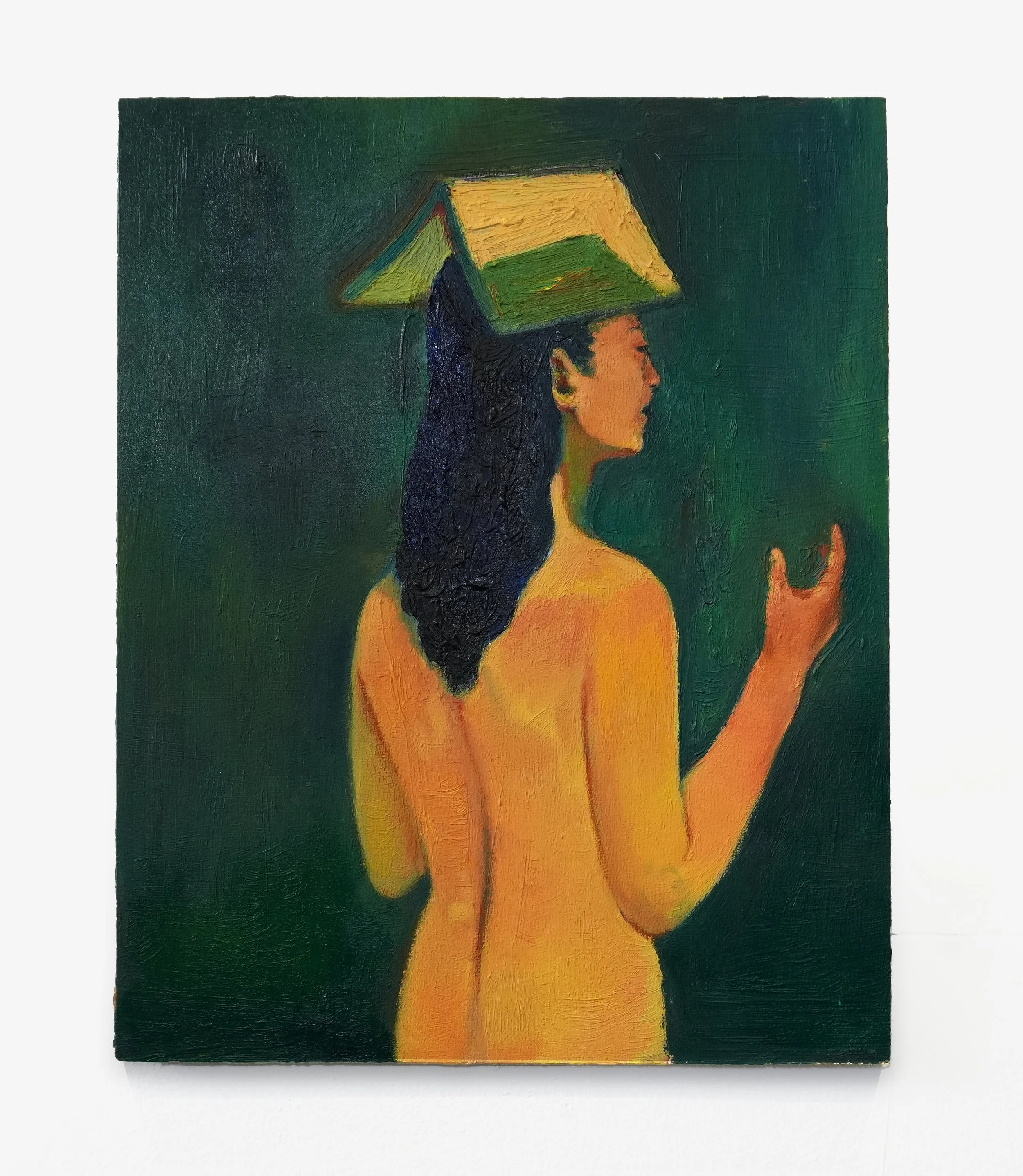In the Space Between: Memory, Matter, and the Mythic - Group Show
Aug 14 - Sep 7, 2025
In the Space Between: Memory, Matter, and the Mythic
Group Show
Curated by Marie Anine Møller
Featuring Simon Ganshorn, Ryann Woods Ham, Brian Napier, Kate Rusek, Maíra Senise, Igor Sokol, Linda Sok and Xiangni Song
Opening August 19, from 6 to 8 pm
On view from August 14 to September 7, 2025
Tappeto Volante is pleased to announce In the Space Between: Memory, Matter, and the Mythic, a group exhibition opening on Thursday, August 14, 2025 (Opening reception August 19, 6–8 PM). As part of our annual summer program, this initiative invites a guest curator to activate the space with a distinctive perspective, fostering dialogue and experimentation. This marks Marie Anine Møller’s first curated presentation at the gallery, bringing together eight artists whose practices orbit themes of memory, transformation, the body, and the tension between what is defined and what is implied.
Through sculpture, painting, ceramics, weaving, and installation, these artists articulate intimate worlds that resonate with shared mythologies, ancestral echoes, and the architectures of identity. Outlines suggest form but resist completion. Shapes emerge, only to unravel. Each work inhabits a threshold: between the literal and the insinuated, the visible and the void. What remains when comparison collapses? The subject is not merely the thing itself, but its tension with another—without that relation, does either retain meaning? In resisting certainty, the exhibition opens a space for wonder, where fulfillment lies not in resolution, but in the quiet recognition of something felt, fleeting, and whole.
Brian Napier, Barrier 2, 2025, Rubber, pigment, aluminum, steel, 52 x 22 x 6 in
Yearning (Affectionately Samantha), 2024, porcelain and glaze, 17 × 14 × 8 inches.
Xiangni Song, Book, Oil on Wood Panel, 10 × 8 in
Linda Sok, Deities in Temples X, 2024 — visuals drawn by family members, silk threads (printed then woven), plastic string, dye; 34 × 28 in
Ryann Woods Ham, Time watch, 2025, Oil on panel
Igor Sokol, Wedgie Roll, 2020, Oil on wood panel, 48x48 in
Maíra Senise, Untitled, 2025, Acrylic, oil, pencil, spray paint on canvas, 20 x 16 in









